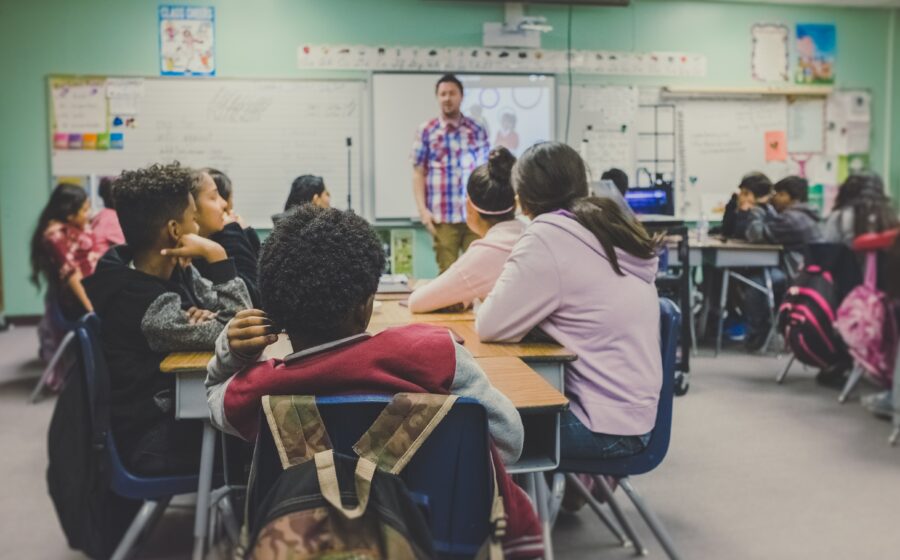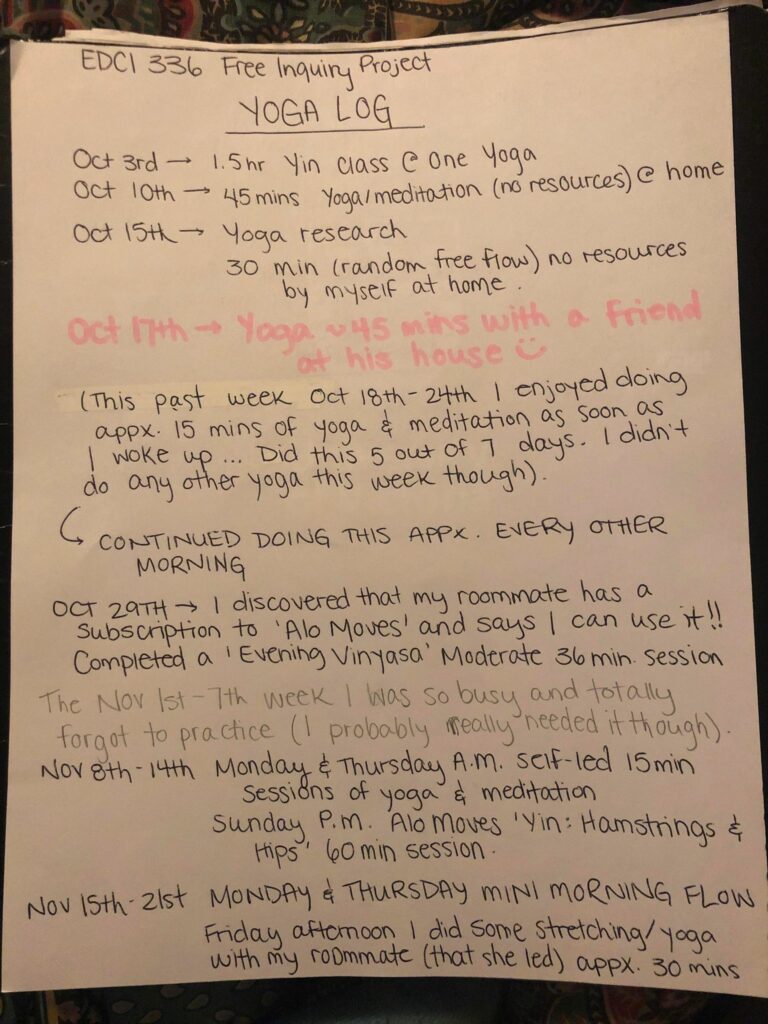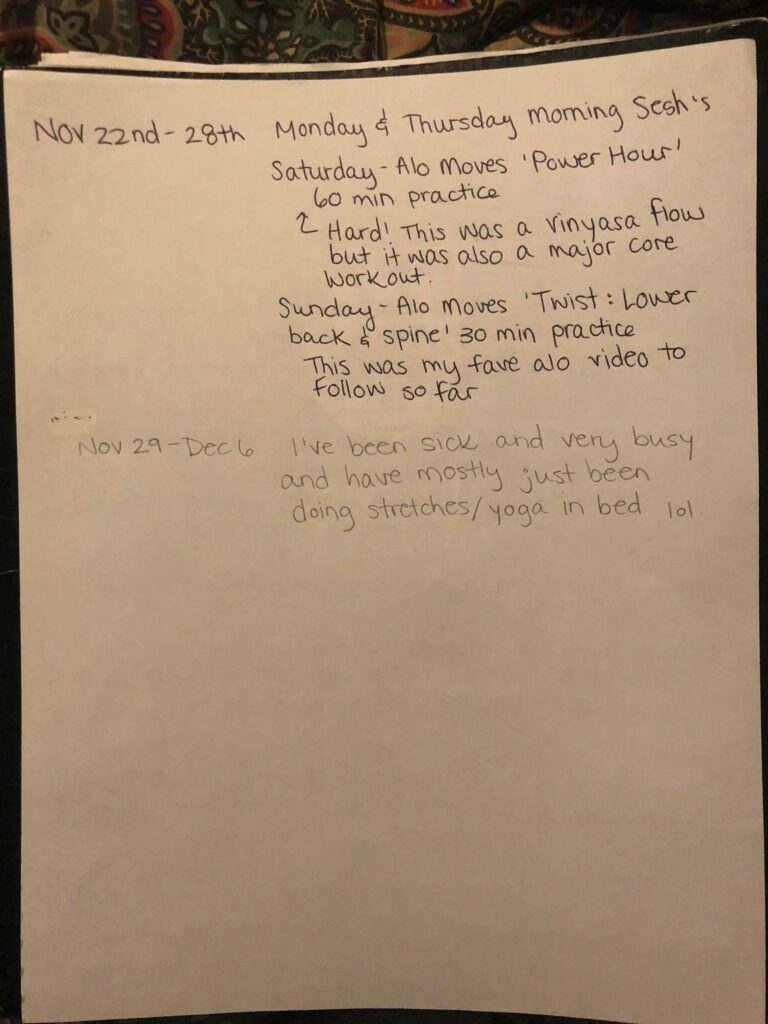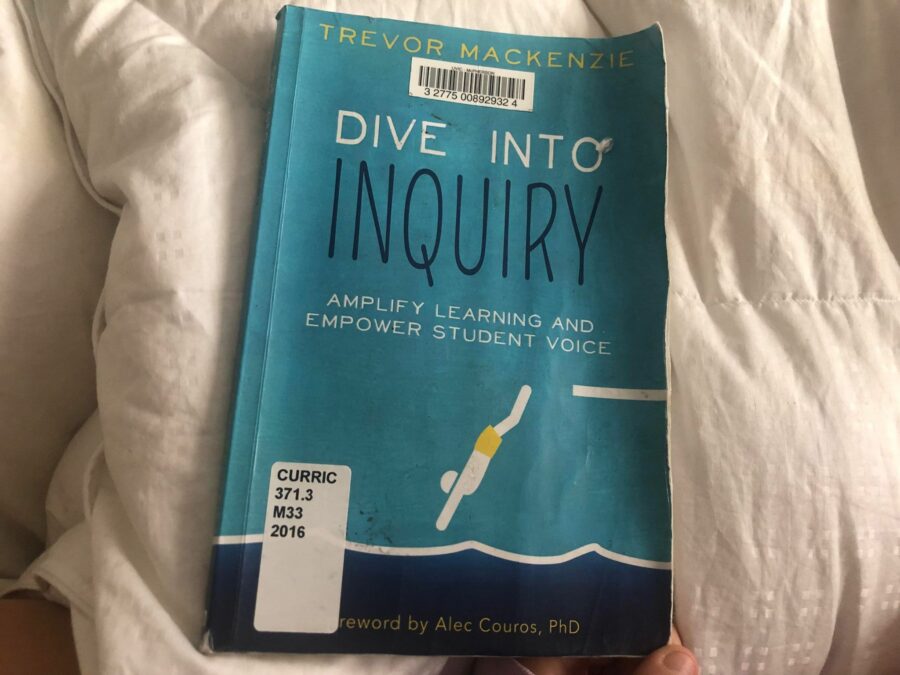During my time visiting Lambrick Park Secondary I paired up with another UVic PDP student, Jenna, and we grouped up with three students – Francis, Leo, and Jason. It was nice working in a group of five because I didn’t feel pressure to constantly be helping and observing a single student, and I think that Francis, Leo, and Jason also appreciated being able to work completely independently at times (but knowing Jenna and I were there to help them when needed).
One minor obstacle we faced with this assignment was not knowing how to use iMovie (or really any other video-making software), plus many of the iPads provided didn’t have iMovie downloaded and many apps (including Google Classroom which the students needed to login to to view the assignment) were updating during the first block we were working together. Technology continued to be a minor issue throughout this entire assignment, which I realize is sometimes inevitable but also – I think that the instructions regarding technology and programs to use to make the video portion of the assignment could have been explained better. If I were to replicate this assignment in one of my own classrooms, I would give a brief demonstration/overview of how to use iMovie (by projecting it on the board for the entire class to see) and/or list other apps or programs that the students could use to make their video. Although a bit of a downfall, the problem-solving and creative thinking that Leo, Jason, Francis, Jenna, and I had to do all together provided interesting conversations and allowed us to connect a bit better. Working on something all together (i.e. figuring out how to make videos with voiceovers, in the correct format, etc.), which no one originally had an answer to, I think built a bit of trust and increased comfortability between us all.
Leo, Jason, and Francis were all born and raised in China, but are all from different cities/areas and all had unique stories regarding their upbringing, family, and culture. Jason and Leo were both quite advanced in their English language skills and only needed help with specific grammatical phrasing and placement of words when writing their poems. This was expected because of the metaphorical nature of the poems – for example stating “I am from my grandmothers homemade soup” doesn’t exactly make sense when considering proper grammar rules, so this had to be explained a bit more thoroughly – that we were using poetic phrasing and terminology (sometimes breaking certain grammar rules). This is also something that I would do a bit differently if I was using this assignment in my own classroom – as a teacher I would very thoroughly explain that saying you are from an inanimate object or idea isn’t correct English – but it is acceptable when writing poetry.
I was working primarily with Francis (while Jenna was working primarily with Leo and Jason), who needed a little bit more guidance when writing his poem. He had excellent ideas for his poem and I absolutely loved hearing his stories about his hometown and memories he had made in China with family and friends. When he wanted to include a certain object, food, idea, place, story, etc. in his poem he would often use Google translate on his phone to find or double check the exact wording/terminology, for example ‘braised duck’ – a food he often enjoyed with his family. Then I would ask something along the lines of “who made the braised duck?” or “did your family roast the braised duck?” or “did you eat anything else with braised duck?”, he would answer, and we would come up with a more complete sentence together.
I was very impressed with Francis’ motivation to work and get all his ideas out on paper. He was very focused and seemed to really enjoy writing his poem. One of the papers we read in class by Flint et al. (2018) discussed the importance of letting ELL students share their personal stories and culture with others. The article gave examples of assignments and projects to do with ELL learners that allow students to present their stories with the use of technology, and how “teachers can overcome many language difficulties through using technology, particularly videos… and visuals” – which is exactly what this assignment allowed students to do. Using photos and videos to talk about yourself, your values, and your experiences is an extremely useful way to tell a story. It was obvious that the ELL students really enjoyed sharing aspects of themselves with other students – and I heard various remarks of “wow! I’ve known so-and-so for a whole year and I didn’t know that about them”. It was very cool to witness these deeper connections being made between students on presentation day. In fact, at the end of class after everyone had presented their poem and video, one student raised his hand to say that he was used to writing an essay or something as a final assignment for an English/ELL course but he really, really enjoyed doing the poem and video assignment. He expressed that it was a meaningful assignment and that he didn’t often get the chance to reflect on and remember his past and home country. It was such a heartwarming comment to make to the entire class and I could tell that many students agreed with him. Although my time with these students was short, I learnt so much and it was extremely warming and uplifting to witness a collective of students from a wide-range of backgrounds come together in such a harmonious, respectful, and supportive way.
Featured Photo by Andrew Butler on Unsplash










